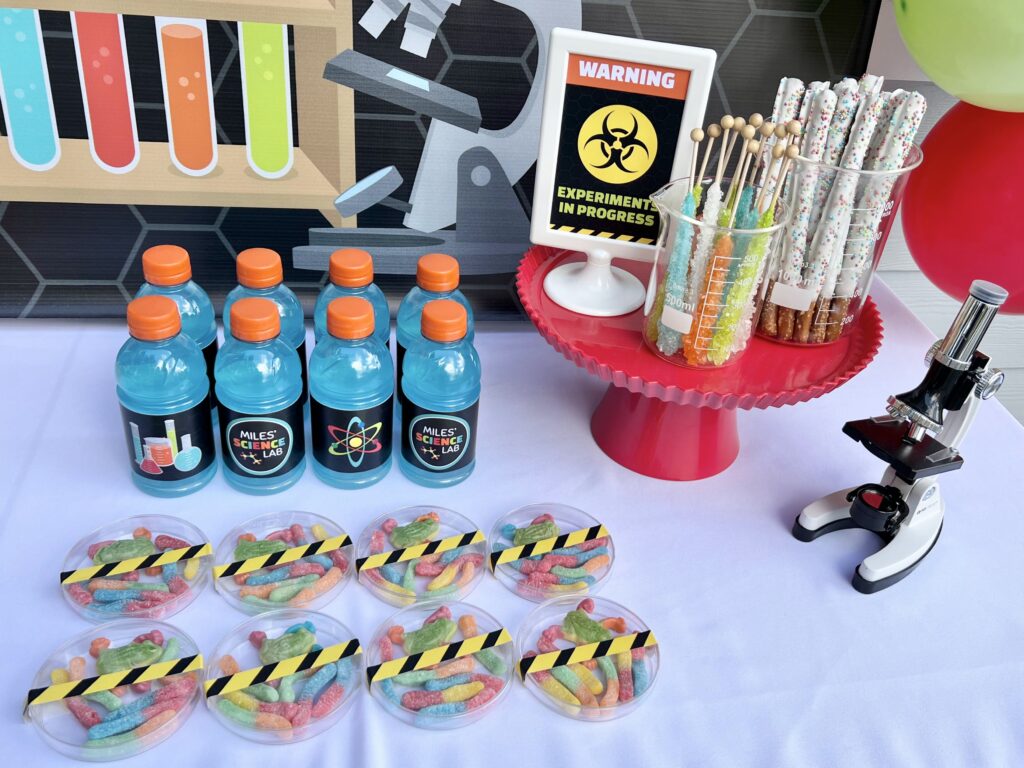Sparking a child’s natural curiosity doesn’t require elaborate setups or expensive kits. Simple at-home experiments and local gatherings can turn ordinary days into memorable learning moments. From kitchen chemistry to neighborhood meet-ups, here’s how to weave discovery into your family’s routine—plus when a larger celebration like a children’s science parties event can take that enthusiasm even further.
Why Hands-On Exploration Matters
Children learn best by doing. When they mix, measure, and observe real reactions, abstract concepts become tangible. These hands-on experiences build confidence, encourage critical thinking, and foster a growth mindset where mistakes are viewed as discoveries rather than failures.
Kitchen Chemistry for Curious Minds
Your own kitchen is a ready-made laboratory. Try these simple experiments:
- Color-Changing Cabbage Juice – Boil red cabbage leaves, strain the liquid, and use it as a pH indicator. Let kids test common powders (baking soda, vinegar) and watch the solution shift from purple to green or pink.
- Walking Water Rainbow – Arrange six cups in a circle, each filled with colored water. Bridge them with paper towels and see the colors “walk” and mix, demonstrating capillary action.
- Invisible Ink Messages – Squeeze lemon juice onto paper with a cotton swab. When dry, hold it close to a light bulb to reveal secret notes.
These quick activities use everyday ingredients and spark questions like “Why did that happen?”—the hallmark of true inquiry.

Nature Walks: Science Outside the Door
A backyard or local park provides endless learning opportunities. Send kids on a leaf-collecting mission, noting shapes and textures, or challenge them to find insects and classify them. Recording observations in a notebook or sketching findings deepens engagement and creates a family nature journal.
Joining Community Science Events
Local libraries, museums, and schools often host free drop-in workshops. These gatherings introduce new tools—microscopes, telescopes, or habitat tanks—under expert supervision. They’re low-pressure environments where children see that science is a shared, social pursuit.
When to Level Up with a Children’s Science Party
All these everyday activities lay the groundwork for a bigger celebration. A dedicated children’s science parties event brings together multiple stations—slime labs, volcano demos, rocket launches—under one roof. Professional entertainers guide each experiment, ensuring safety and maximizing the “wow” factor. If your child’s curiosity has reached a peak, marking a birthday or milestone with a themed party can cement their love of learning.
Tips for Maintaining Momentum
- Ask Open-Ended Questions: Prompt kids to predict outcomes and explain observations.
- Rotate Themes: Cycle through chemistry, physics, and biology to keep interest high.
- Document Discoveries: Create a “lab report” or scrapbook with photos, drawings, and notes.
Resources for Further Exploration
For additional project ideas and step-by-step guides, visit Science Buddies at https://www.sciencebuddies.org. Their extensive library covers everything from simple sensor experiments to beginner-friendly robotics.
By blending low-cost home experiments, outdoor exploration, and occasional large-scale events like children’s science parties, you’ll nurture a lifelong passion for discovery in your child—proving that science truly is everywhere.
